The Untold History of Money: Tracing Currency's Journey from Past to Present
People constantly worry about money, pondering ways to accumulate more and fantasizing about how to spend it. But how much do we truly know about the history of money? Take a brief journey into the fascinating history of currency, exploring its evolution over time. 👇
Seashells:
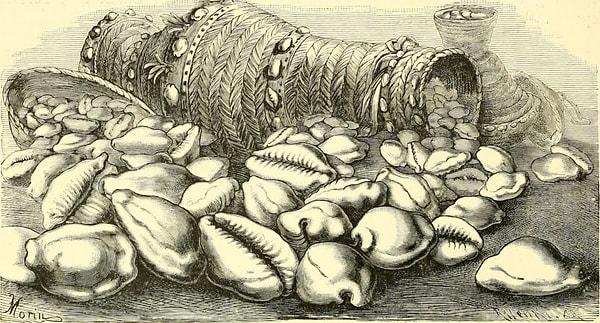
The most well-known natural objects used as currency date back to around 1200 BC—seashells. Though seemingly a random choice, shells possessed several advantages: they were small and durable. Even some European countries began using seashells as currency with the expansion of trade, despite mollusks producing them being found in the Indian and Pacific Oceans. Additionally, Native Americans utilized seashells as a form of currency in the shape of beads.
Whale Teeth:

For many years, whale teeth served as a unique form of currency among the Fijian people. This distinctive currency played a significant role in the local economy and was also used to indicate social status. Given the rarity and durability of whale teeth in the maritime-based life of Fiji, they became a valuable asset and a deep-rooted part of Fijian society.
Enormous Limestone Discs:

The people of Yap Island (now part of Micronesia) carved enormous discs from limestone, eventually turning them into a form of currency that continues to be part of the island's culture. These discs symbolized the island's wealth and social status, being used in various events ranging from marriages to funeral ceremonies.
Metal Coins:
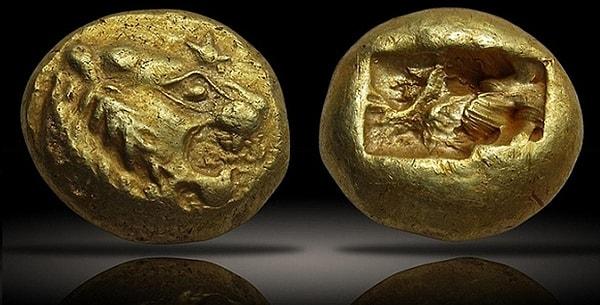
While the first use of metal coins dates back to around 2000 BC, a standardized and approved monetary system did not exist until around 700 BC. Many historians consider the Lydians, who existed in what is now Turkey, as the first civilization to adopt regular metal coin usage. Under the rule of King Alyattes (610–560 BC), coins made of gold and silver alloys were introduced, featuring a royal symbol – a lion. The subsequent ruler, Kroisos (approximately 560–546 BC), reformed the kingdom's currency by minting silver and gold coins.
Leather Money:
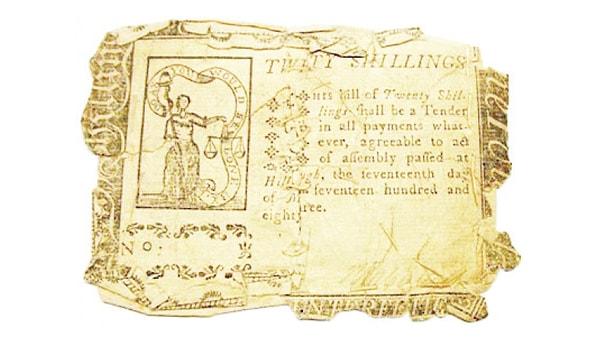
In the 6th century BC, the transformation of leather and animal hides into a form of currency began. Documents from the early Roman era indicate the use of such currency. Regions like Carthage and present-day France also employed leather money, and during the reign of Russia's Peter the Great (1682–1725), the use of leather money is believed to have taken place. Emperor Wudi of China (reigned from 141 to 87 BC) even created a currency from the hides of white deer in his personal collection, intricately designed and embroidered along the edges.
Paper Money:
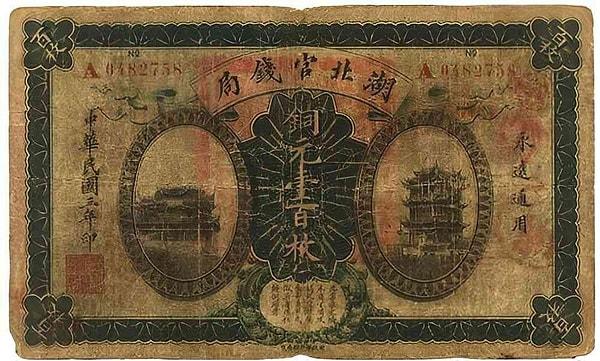
It is believed that paper money first appeared during the reign of Emperor Zhenzong (997–1022). Initially made from the bark of mulberry trees, paper money had spread to other parts of the world by the late 18th and early 19th centuries. However, a considerable portion of this currency was not traditional money but rather certificates – promises of specific amounts of gold or silver – that played a crucial role in the development of banks.
Gold Standard:

It is not surprising that various issues arose with the currency, one of which was fiat money – currency without intrinsic value, leading to inflation. To combat this, the United Kingdom implemented the gold standard in 1821, tying the value of money to gold reserves. While this increased confidence in international trade, it limited economic flexibility. After the Great Depression, countries abandoned the gold standard, leading to examples of hyperinflation, such as Zimbabwe issuing banknotes with very little value.
Credit Cards:
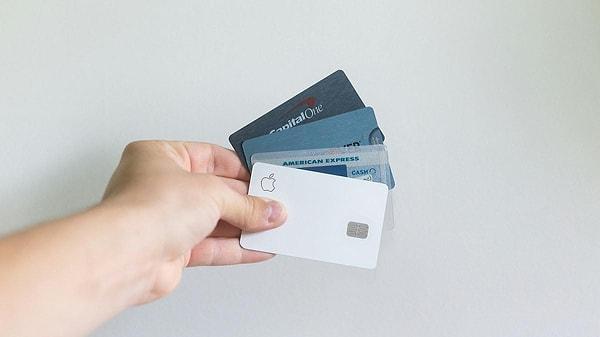
Credit has a long history, but the first universal credit card, Diners Club, was introduced in 1950 by Americans Ralph Schneider and Frank McNamara. American Express followed suit in 1959 with a plastic card. The magnetic stripe introduced by IBM in the 1960s facilitated easier transactions without the need for authorization calls. In the 1990s, chip cards were introduced for added security. Initially, users were required to pay their balances in full, but the practice of carrying interest-bearing balances later became widespread. As of 2017, American consumers held one trillion dollars in credit card debt.
Bitcoin:
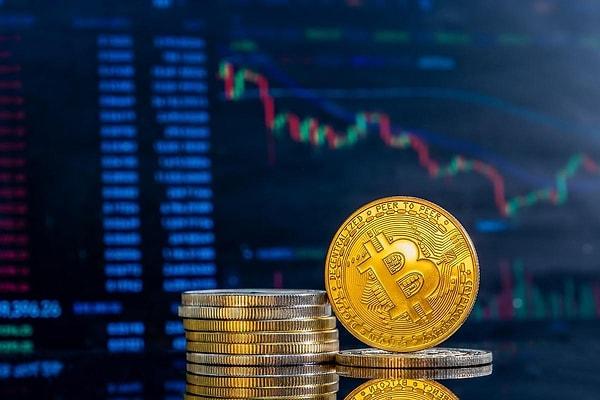
Bitcoin, a digital currency created in 2009 by an anonymous individual known as Satoshi Nakamoto, operates without being issued or regulated by a central bank. Bitcoin owners remain anonymous, known only by their digital wallet identities. The value of bitcoins is determined through a bidding process similar to the valuation of stocks. Bitcoins are created through a process called mining, involving a race among computers to solve complex mathematical problems and verify transaction blocks. While it may sound simple, it can require around seven trillion attempts before a solution is found. The winner's computer is then rewarded with newly created bitcoins, making the system more secure. The upper limit for the number of bitcoins that can be created is 21 million, and as of now, over 17 million bitcoins have been generated.
Keşfet ile ziyaret ettiğin tüm kategorileri tek akışta gör!

Send Comment